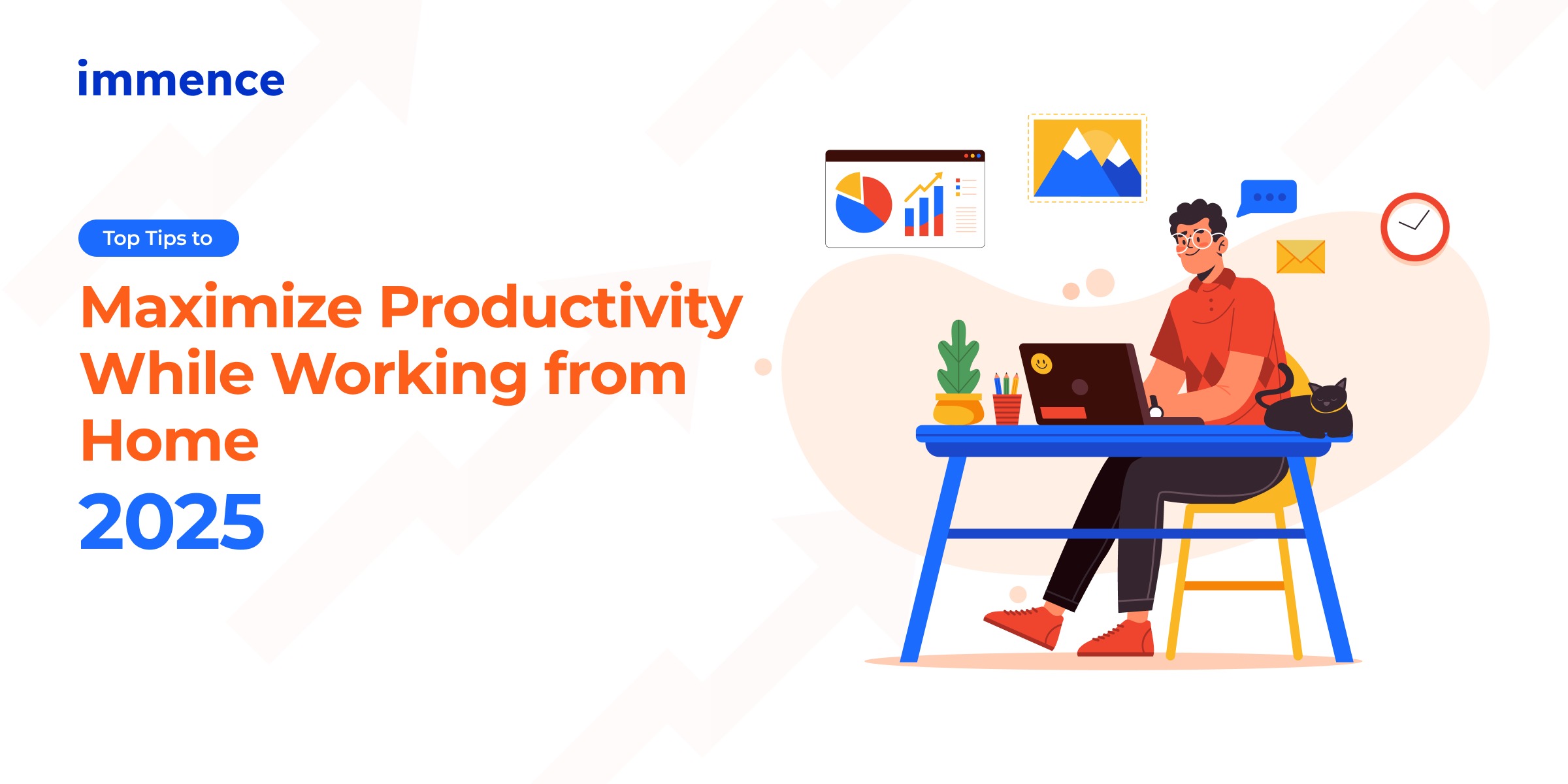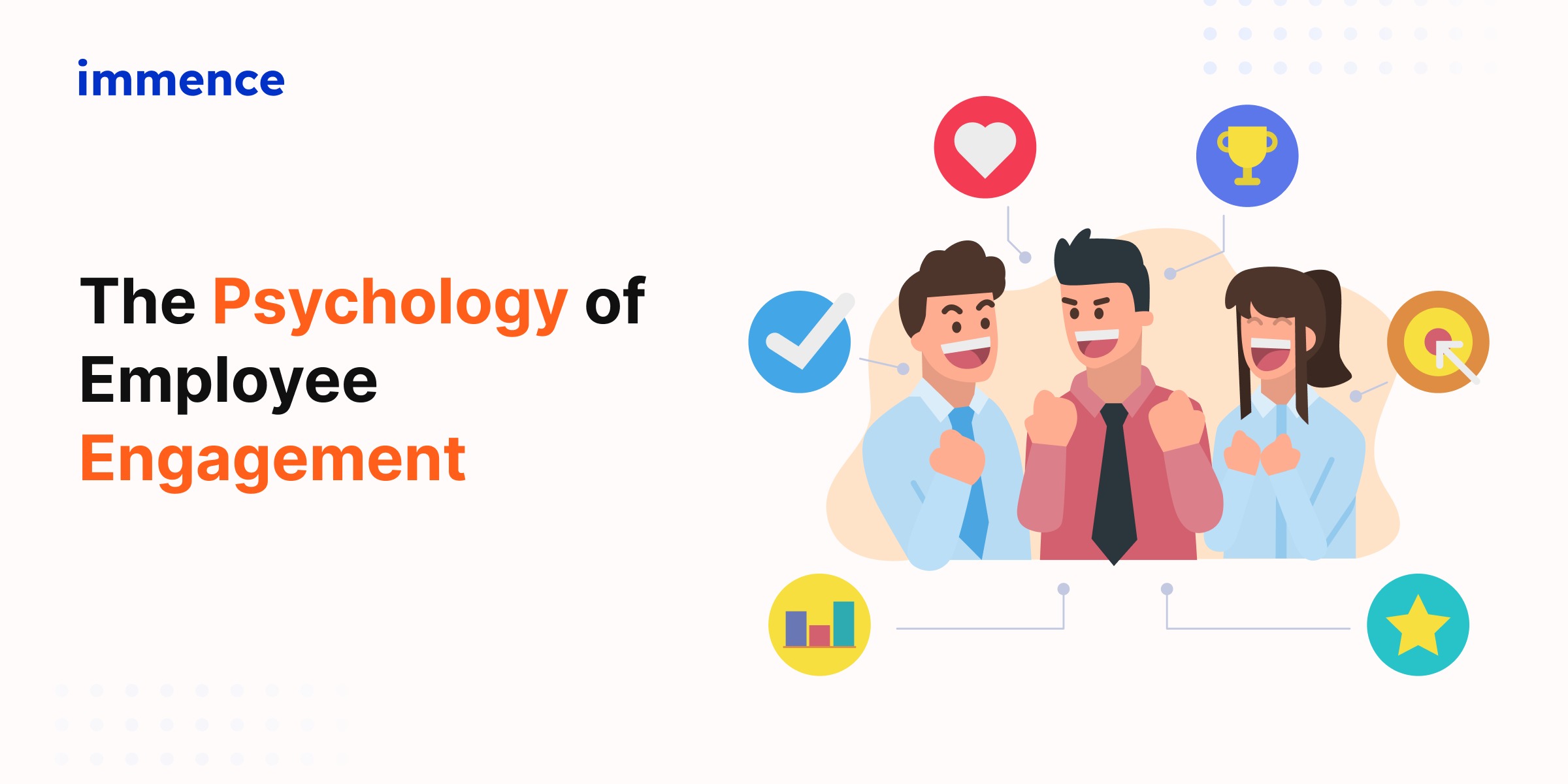Work From Home Tips To Maximize Your Productivity in 2025

The rise of remote work has revolutionized the way we approach our professional lives. While working from home offers unparalleled flexibility, it also comes with its fair share of challenges: staying productive amidst household distractions, maintaining clear boundaries between work and personal life, and fostering effective communication with colleagues in a virtual setting. But don’t worry—achieving work-from-home success is entirely possible with the right mindset and strategies.
This comprehensive guide will empower you with practical, actionable tips to create an environment that supports focus, optimize your time management, and maintain a healthy work-life balance. Whether you’re a seasoned remote worker or new to this mode of work, these insights will help you thrive. Let’s get started!
Work Environment: Creating a Conducive Workspace
1. Designate a Dedicated Workspace
- Why it matters: Separating your workspace from personal areas helps your brain associate the space with work, boosting focus and productivity.
- Practical action: Set up a desk in a quiet corner, away from high-traffic areas in your home. Use a specific chair and desk combination for work only, so your body associates this space with productivity. If space is limited, consider a foldable desk or a portable workspace that can be stored when not in use.
- Example: A small table by the window can serve as a makeshift office, complete with a lamp and a pen holder, to mimic an office environment.
2. Invest in Ergonomics
- Why it matters: A comfortable setup prevents physical strain and promotes long-term health by supporting your posture and reducing repetitive strain injuries.
- Practical action: Use an ergonomic chair that supports your lower back. Elevate your laptop to eye level using books, a laptop stand, or an adjustable riser. Consider a separate keyboard and mouse to keep your wrists straight.
- Example: If you don’t have an ergonomic chair, add a small cushion for lumbar support and use a rolled-up towel to support your wrists.
3. Ensure Proper Lightning
- Why it matters: Good lighting reduces eye strain, improves focus, and enhances your mood, making it easier to stay productive.
- Practical action: Position your workspace near a window to take advantage of natural light, which has been shown to boost productivity and well-being. If this isn’t possible, invest in a daylight desk lamp or LED light with adjustable brightness.
- Example: A desk lamp with a warm light setting can be used in the evening to reduce blue light exposure, aiding better sleep after work.
4. Minimize Distractions
- Why it matters: A distraction-free environment allows you to focus deeply on your tasks, resulting in better efficiency and quality of work.
- Practical action: Use noise-canceling headphones to block out household noises. Set clear boundaries with family members or roommates, such as using a "Do Not Disturb" sign during work hours. Declutter your workspace by keeping only essential items on your desk.
- Example: If you have young children, use visual cues like a red card outside your door to signal when you cannot be disturbed.
Time Management: Mastering Your Schedule
1. Stick to a Routine
- Why it matters: Establishing a consistent routine helps signal to your brain when it’s time to work and when it’s time to relax, creating a mental boundary between work and personal life.
- Practical action: Wake up at the same time every day, shower, and dress as if you are going to the office. Begin and end work at set times. Include regular breaks to prevent burnout.
- Example: Schedule a 15-minute coffee break at 10:30 a.m. and a 30-minute lunch break at 1:00 p.m. every day.
2. Use Productivity Tools
- Why it matters: Digital tools can streamline task management, reduce stress, and improve time efficiency.
- Practical action: Use task management tools like Trello, Asana, or Notion to organize tasks and deadlines. Adopt the Pomodoro Technique to work in 25-minute focused intervals with 5-minute breaks.
- Example: Create a Trello board with columns like “To Do,” “In Progress,” and “Completed” to track your daily tasks visually.
3. Prioritize Tasks
- Why it matters: Focusing on high-priority tasks ensures critical work is completed on time, preventing last-minute stress.
- Practical action: Use the Eisenhower Matrix to categorize tasks based on urgency and importance. Begin each day by listing your top three priorities and tackling them first.
- Example: If you have a report due at the end of the day, block your morning hours for uninterrupted work on it.
4. Limit Multitasking
- Why it matters: Research shows that multitasking reduces productivity and increases the likelihood of mistakes.
- Practical action: Focus on one task at a time by silencing unnecessary notifications and setting timers to stay accountable.
- Example: Turn off email notifications when writing a report, then check emails only during designated times.
Work-Life Balance: Maintaining Harmony between Work and Personal Life
1. Set Clear Boundaries
- Why it matters: Establishing boundaries ensures that work does not encroach on your personal life, preserving mental well-being.
- Practical action: Communicate your work hours to family or roommates and stick to them. Use separate devices for work and personal activities if possible.
- Example: Log off from your work computer at 6:00 p.m. and switch to your personal phone or tablet for leisure.
2. Schedule Downtime
- Why it matters: Taking time to rest and recharge boosts your overall productivity and helps maintain mental clarity.
- Practical action: Block time in your calendar for hobbies, exercise, or family activities. Treat these times as sacred and avoid work-related tasks during them.
- Example: Plan a 30-minute evening yoga session or family game night whenever possible in any particular day of the week.
3. Unplug after Work
- Why it matters: Disconnecting from work-related devices helps you recharge and prevents burnout.
- Practical action: Log out of work accounts after hours, turn off work notifications, and avoid checking emails late at night.
- Example: Set an alarm at the end of your workday to signal when it’s time to shut down your computer.
4. Practice Mindfulness
- Why it matters: Mindfulness techniques reduce stress, improve focus, and enhance overall well-being.
- Practical action: Start your day with a 10-minute meditation session using apps like Headspace or Calm. During breaks, try deep breathing exercises to center yourself.
- Example: Use the "box breathing" technique: inhale for 4 seconds, hold for 4 seconds, exhale for 4 seconds, and hold for 4 seconds.
Communication and Collaboration: Staying Connected Remotely
1. Leverage Communication Tools
- Why it matters: Efficient tools make collaboration seamless, reducing misunderstandings and enhancing teamwork.
- Practical action: Use Slack, Mattermost for instant messaging, Zoom and Google Meets for virtual meetings, and tools like Clickup for collaborative brainstorming.
- Example: Create a dedicated Slack, Mattermost channels for casual conversations to maintain a sense of camaraderie
2. Set Expectations with Your Team
- Why it matters: Clear guidelines ensure that everyone is aligned on deadlines, responsibilities, and communication norms.
- Practical action: Discuss and agree on response times for emails or messages. Schedule weekly check-ins to discuss progress and address any challenges.
- Example: Establish a team norm where emails are answered within 24 hours unless marked as urgent.
3. Over Communicate when Needed
- Why it matters: Providing extra clarity reduces confusion and ensures alignment in remote settings.
- Practical action: Summarize meeting notes, clarify next steps, and confirm understanding in team chats.
- Example: After a meeting, send a follow-up email listing key decisions and action items.
4. Maintain Social Connections
- Why it matters: Socializing with colleagues fosters team spirit and prevents feelings of isolation.
- Practical action: Schedule virtual coffee breaks, host online team-building activities, or create shared playlists to bond with coworkers.
- Example: Organize a monthly online trivia night or book club discussion with your team.
Working from home doesn’t have to mean sacrificing productivity or work-life balance. By taking control of your environment, mastering time management, setting boundaries, and fostering effective communication, you can transform your remote work setup into a productive and fulfilling experience. Remember, small changes can make a big difference, start with one or two tips from this guide and build from there.
Empower yourself to take charge of your work-from-home journey and enjoy the benefits of a balanced, productive lifestyle.
Ready to put these productivity tips into action? Explore our remote job opportunities and take your career to the next level from the comfort of your home!
Shreya Viradiya
Business Development Executive


